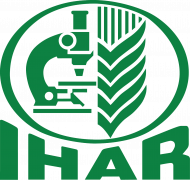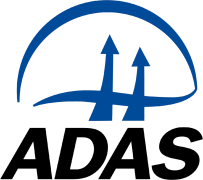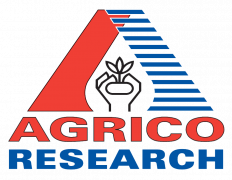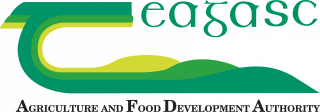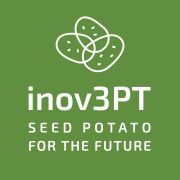Abstract
Agricultural price series are typically characterised by nonlinearity, nonstationarity, and inherent complexity, which make precise forecasting a challenging task. Artificial neural networks (ANNs) have demonstrated superior performance over traditional statistical methods in modelling such series. Incorporating auxiliary information has the potential to enhance forecasting accuracy. Amongst ANN-based architectures, the nonlinear autoregressive model with exogenous input (NARX) network stands out as a dynamic neural architecture that effectively leverages auxiliary information to develop data-driven nonlinear forecasting models for systems exhibiting nonlinearity. The NARX network addresses critical limitations such as the vanishing gradient problem, exhibits faster convergence, and offers superior generalisation capabilities compared to alternative networks. This study evaluates the predictive performance of the NARX model in forecasting potato price series for Delhi and Guwahati markets by incorporating prices from other markets with varying correlation values as exogenous inputs. Empirical findings indicate that the NARX model outperforms both the autoregressive integrated moving average with exogenous variable (ARIMAX) and time delay neural network (TDNN) models in terms of root mean square error (RMSE), mean absolute percentage error (MAPE), and directional accuracy statistics. Additionally, the results affirm that the accuracy gains achieved by the NARX model are positively correlated with the degree of correlation between the target and exogenous series. Furthermore, the Diebold-Mariano test confirms the statistically significant improvement in forecasting accuracy offered by the NARX model over competing approaches.
